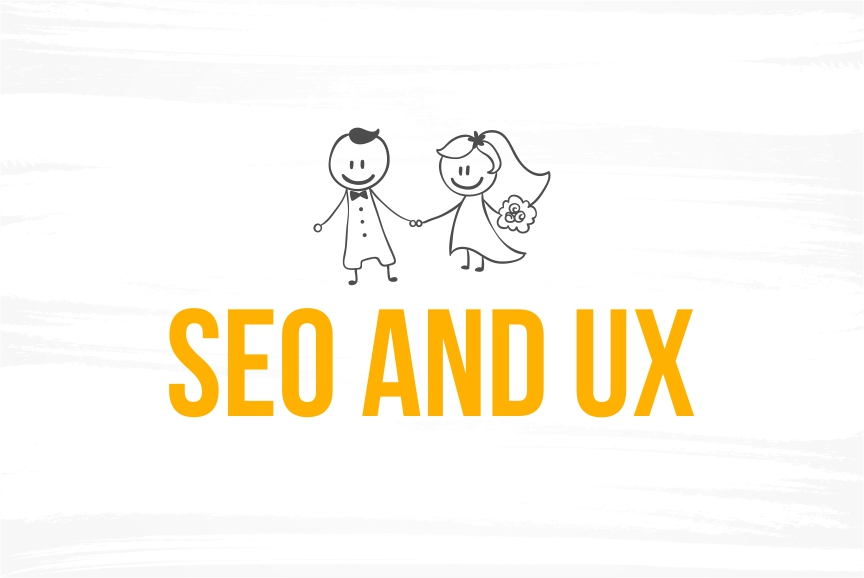Since Google was first launched, the company has been constantly improving its search algorithms to provide users with relevant content. Both SEO (Search Engine Optimization) and UX (User Experience) are key points of Google’s search system. These two aspects are inseparable. Usability is the focus of UX designers, while obtaining high website rankings are the focus of SEO professionals. SEO defines whether users will be able to find you in an enormous stream of information. UX is aiming at engaging and holding the user on a website. Although SEO and UX have completely different purposes, they both are paramount to your website. How can we make peace between these two requirements which appear, at first, to be fierce opponents?
Search Engine Optimization
Google works hard on ways to make their algorithms more accurate and relevant to what users are searching for. For example, the Panda update filter was designed to target sites with low-quality content and prevent them from ranking well in search engine results pages. Google — and users — like interesting and valuable content. These days, keyword optimization is best achieved with concision. You shouldn’t “stuff” your texts with a countless number of keywords, as it affects the quality of the content. If your content is replete with them, it can have negative consequences.
UX
Search-bots pay attention not only to optimization strategies, but to user experience as well. They check out how people react to your website, analyse if your visitors can find the information they’re looking for, if your resource is easy to find and whether users are likely to stay and shop around there. When visitors leave a website right away, Google considers this a “bounce,” and views the site as less relevant than those with a lower bounce rates.
SEO + UX = Successful Project
Every website contains meta-titles, URLs, content and other integral elements. Let’s try to look at this things differently, like SEO and UX does.
| Element | SEO | UX |
| Meta-titles | They “tell” search engines what is content about. Keep in mind, that in this case keywords are important. | They indicate the purpose of the page. Write meta-tags using attractive language, and make them easy to read. |
| Content | Search engines are looking for unique texts, which are not replete with keywords. | Content should look appealing and give effective answers to users’ questions. |
| Website structure | Great structure allows search-bots to index web-pages more effectively. | Awesome navigation means that users will find what they want without redundant clicking. |
| Breadcrumbs | It showcases a website structure. | It helps users to navigate on a web-page effortlessly. Breadcrumbs should allow the user to retrace their steps and clearly see how they arrived at the current page. |
| Website Search | It helps search engines to analyse what users are looking for on your web-resource. | Website search is important for UX, as it lets you find pages and products faster. |
Let’s Wrap It All Up
Using SEO and UX effectively will increase your website’s chances of success significantly. When developing a web-platform, consider two main components — the experience of interaction with the user and search engine optimization. These complement each other, and have a common goal. If you have some problems with search optimization or UX design, our team will help your platform to meet user’s needs as well as of the search-bot.
